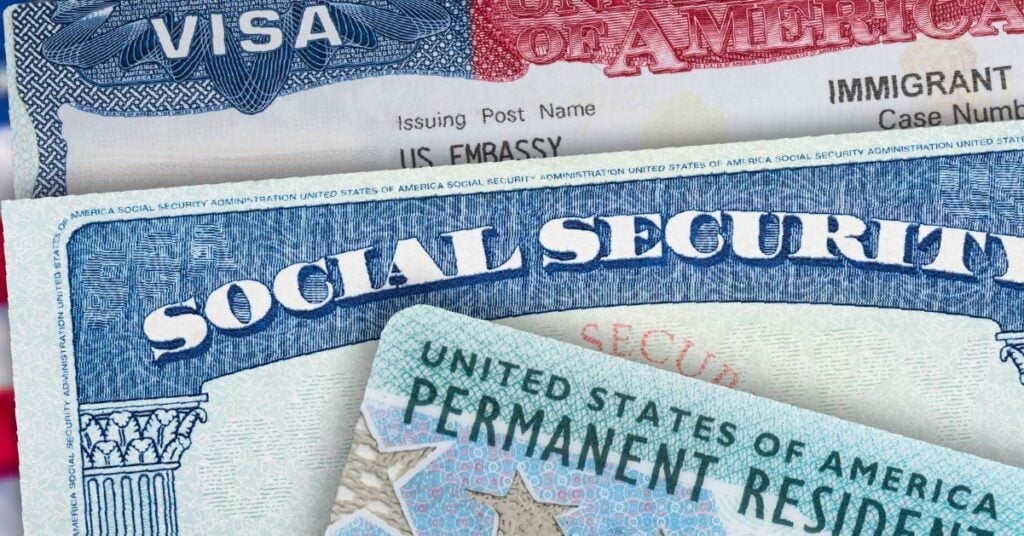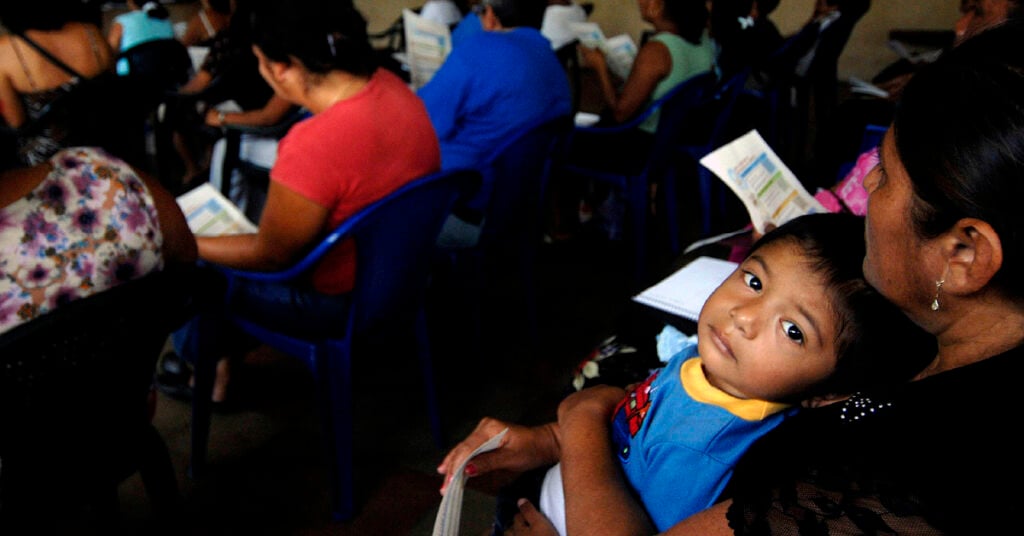Immigrants face tremendous uncertainty and little hope under the Trump Administration. The administration’s actions—banning travel from residents of primarily Muslim countries, the deportation of Christian Iraqi asylum seekers, and the rescission of DACA, the program that provides temporary reprieve to young immigrants; public statements on the value of immigrants from countries like Norway; and leaked proposals that would threaten the livelihood of legal immigrants—have made it clear that its immigration policy agenda is counter to the ideals of what America should be.
Dreamers, the young immigrants brought to the United States as children, have had some incremental victories in federal court. On April 24, a judge ordered that the administration must reinstate DACA and begin accepting new applications and renewals, but the administration has 90 days to respond. This makes it essential that we continue to promote the facts about the many ways Dreamers contribute to our communities and economy.
ITEP has published an updated report, State and Local Tax Contributions of Young Undocumented Immigrants, which finds that the 1.3 million young people who are currently enrolled or eligible for DACA contribute $1.7 billion a year in state and local taxes. The update incorporates new population estimates from US Customs and Immigration Services and the Migration Policy Institute. As of January 2018, more than 682,000 individuals were enrolled in DACA. These most recently available figures are smaller than previous estimates because they exclude former DACA enrollees who are now legal permanent residents, those who did not reapply, and those whose reapplication was denied. Additionally, the administrations’ rescission of DACA and the ongoing court cases have prevented and discouraged eligible DACA recipients from applying or reapplying. At this time, the most important population to consider is the total eligible population of 1.3 million Dreamers as this group will be most impacted by future decisions relating to DACA.
DACA-eligible individuals pay on average 8.3 percent of their income in state and local taxes. Their effective tax rate is higher than the average rate paid by the top 1 percent of taxpayers in state and local taxes of just 7 percent and is on par with the average rate paid of 9.7 percent paid by the middle 20 percent of taxpayers. Continuing DACA and ensuring all who are eligible for the program are enrolled would increase state and local revenue by $815 million while repealing DACA protections would reduce state and local revenues by nearly $700 million.
Every state benefits from the tax contributions of Dreamers, but every state has much more to lose if we remove the temporary protections DACA grants these young people. I have the privilege of not living as an immigrant under this administration, so no one has ever drawn a bottom line under me and asked to monetize my contributions to justify my right to live near my family, friends, and the community I choose. The average Dreamer was only six years old when they were brought to the US. Before I was six, I lived in Montana, and while Big Sky Country has its appeal, I should never be forced to live in a place to which I have no real connections or memories. Dreamers are our neighbors, classmates, and co-workers, and they have called this country home for as long as they can remember. In breaking a promise America made with these young people, the Trump administration risks losing their considerable economic and societal contributions.




